vibrating filter, also known as a vibrating screen filter or vibrating sieve, is a type of equipment used for the separation and filtration of materials based on particle size. It employs vibration to efficiently separate solids from liquids or to classify materials according to their size. Vibrating filters are commonly used in various industries such as food processing, pharmaceuticals, chemicals, and mining for applications like particle separation, dewatering, and solid-liquid separation.
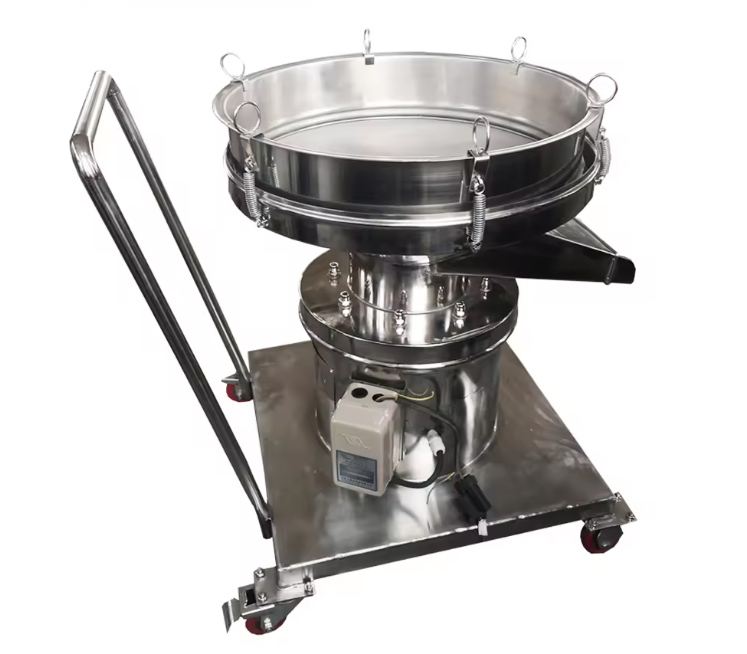
Screen: The screen is the main component of a vibrating filter and consists of a mesh or perforated surface through which the material passes. The size of the screen mesh determines the particle size separation achieved by the filter.
Vibrating Motor: A vibrating motor is used to provide the necessary vibration to the screen. The vibration helps to agitate the material on the screen surface, facilitating the separation process.
Frame: The frame provides structural support for the screen and vibrating motor, ensuring stability during operation.
Feed Inlet and Outlet: The feed inlet allows the material to enter the vibrating filter, while the outlet directs the separated material to the appropriate collection point.
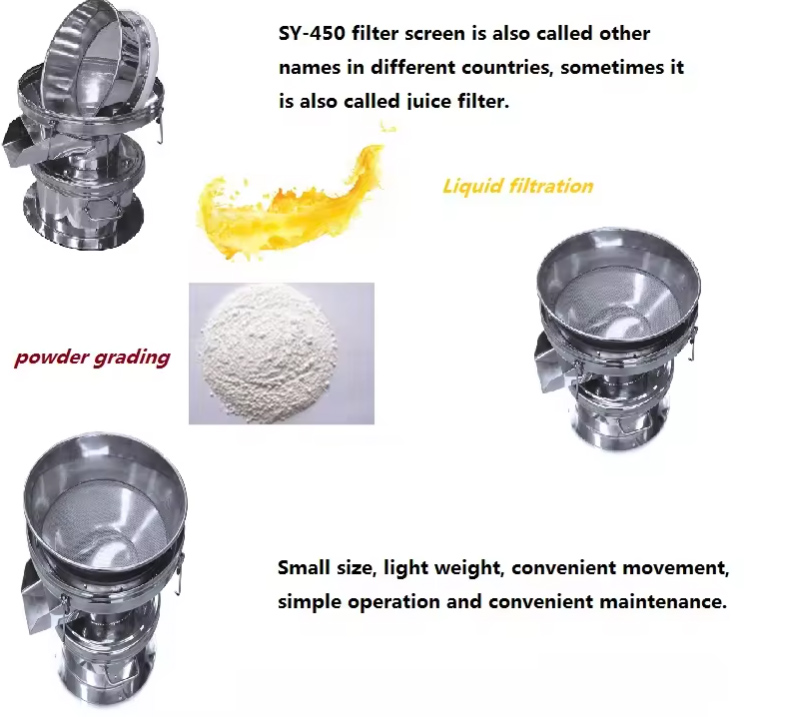
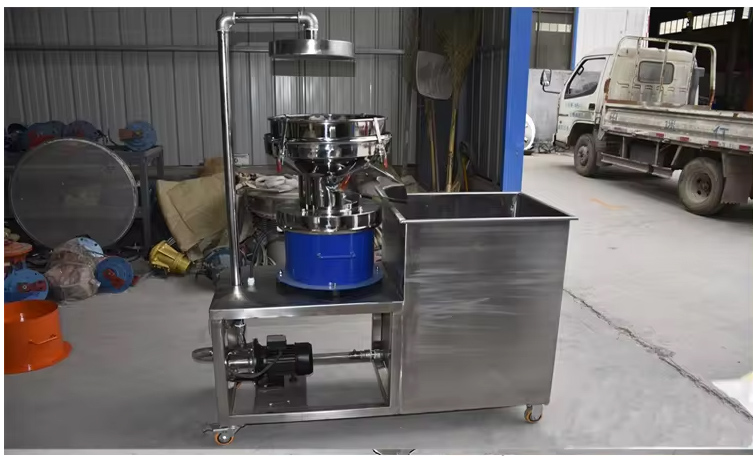
Material Introduction: The material to be filtered is introduced into the vibrating filter through the feed inlet.
Vibration: The vibrating motor generates controlled vibrations that cause the material to move across the screen surface. The vibration helps to separate particles based on size.
Particle Separation: Depending on the mesh size of the screen, particles smaller than the mesh openings pass through the screen, while larger particles are retained on the surface.
Collection: The separated material is collected at the outlet, with the filtered liquid passing through or the oversize particles being discharged separately.
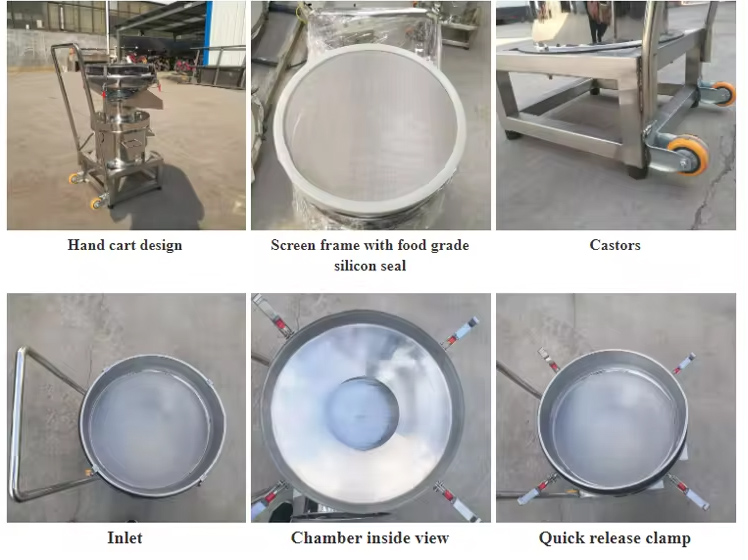
Particle Separation: Vibrating filters are used to separate particles of different sizes, ensuring the desired particle size distribution in the final product.
Dewatering: These filters are used to remove excess moisture from materials by separating the liquid phase from the solid phase.
Solid-Liquid Separation: Vibrating filters are employed in processes where solid particles need to be separated from liquids effectively.
Classification: They are used for classifying materials based on size, ensuring uniformity in the final product.
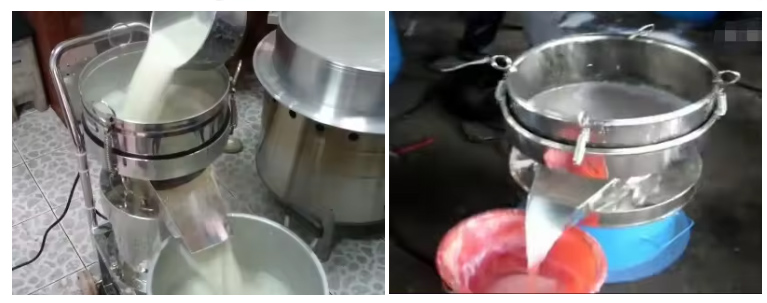
High Efficiency: Vibrating filters offer high efficiency in separating and filtering materials based on particle size.
Versatility: They can be used for a wide range of applications across different industries.
Compact Design: Vibrating filters are typically compact in size and easy to integrate into existing processing lines.
Low Maintenance: These filters generally have low maintenance requirements, making them cost-effective solutions for material separation.
vibrating filters are valuable tools in various industries for efficient particle separation, dewatering, and solid-liquid separation processes. By utilizing controlled vibrations, these filters can achieve precise particle size
Address:China,Yanjin county forest park gate to the west 1000 meters north road.